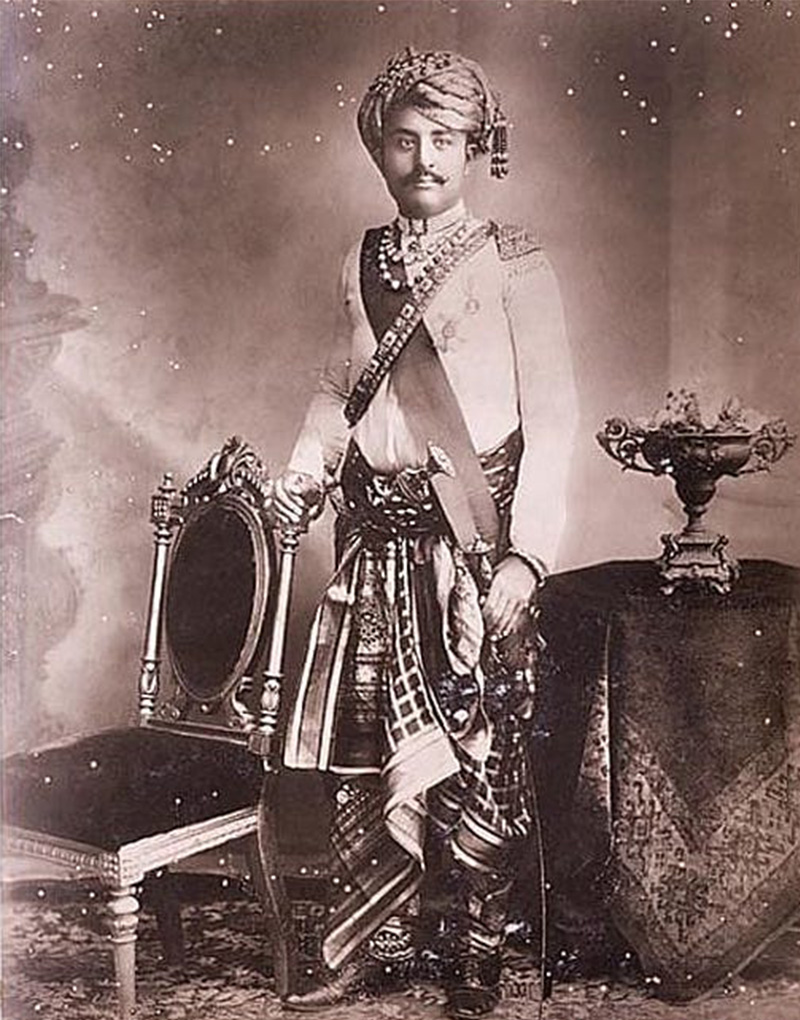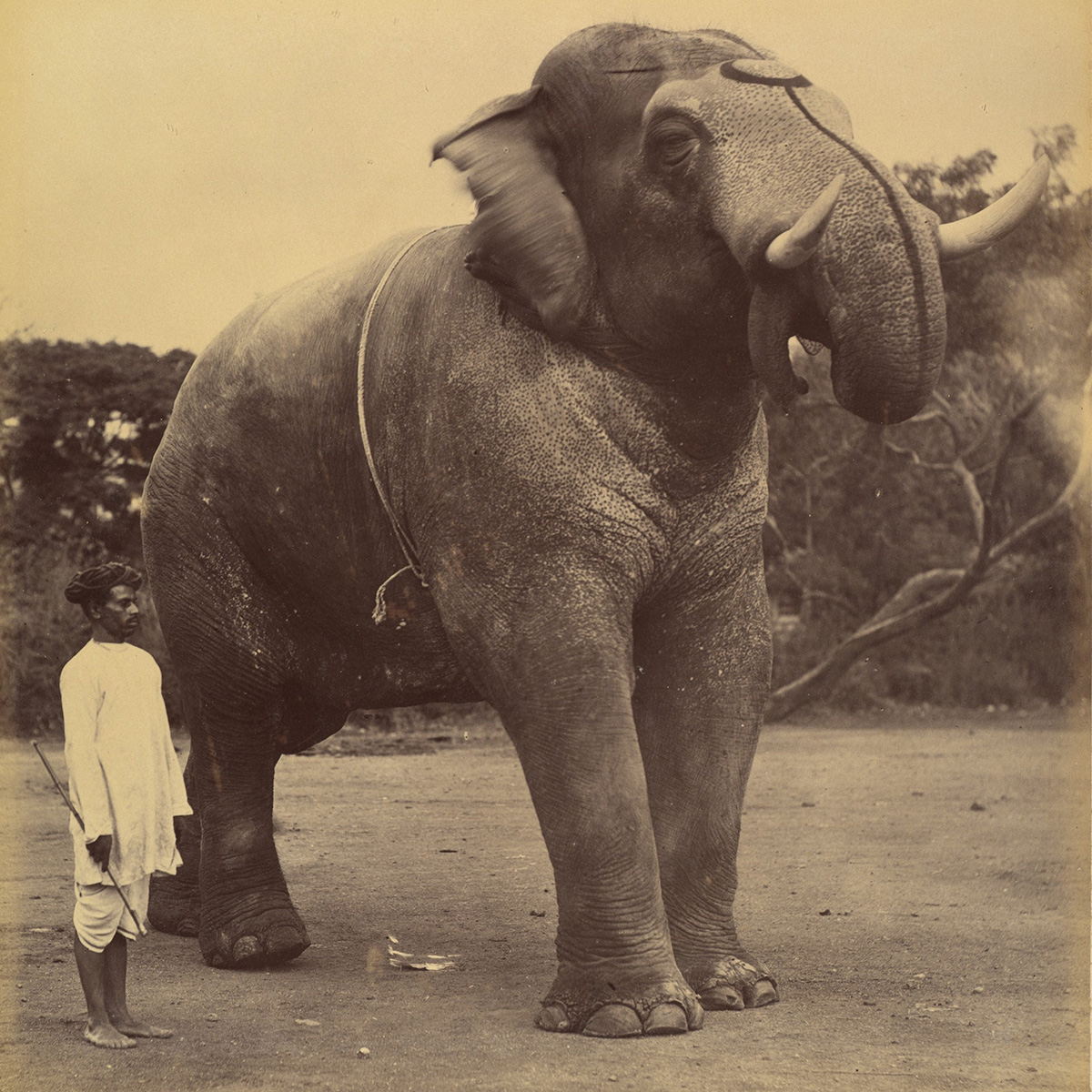ARTICLE
Deen Dayal & Sons
Established by photographer Lala Deen Dayal in the mid-1870s, Deen Dayal & Sons was one of the first Indian-owned photography studio franchises and was known for its architectural and topographical views, as well as portraits of royalty and social elite. Deen Dayal established the first studio c. 1874 in Indore with the support of his patrons Maharaja Tukoji II and Henry Daly. He set up a second branch at Secunderabad in 1886, which was followed by a zenana studio in the same city in 1892, run by Mrs Kenny-Levick, the wife of a Times correspondent. The studio’s sizable collection of portraits of female subjects can be credited to such an arrangement. The Indore branch closed in 1894 — around the same time that the third and largest studio was set up in Bombay (now Mumbai).
Following Deen Dayal’s death in 1905, the studio was taken over by his son Gyan Chand, and later his grandson Ami Chand, who dedicated himself towards the consolidation of Deen Dayal and the studio’s legacy. Nevertheless, the studio dwindled over time as competition grew and royal patronage reduced. After Ami Chand’s death in 1984, the family donated nearly 2,900 glass plate negatives, as well as a collection of studio registers and camera equipment, to the Indira Gandhi National Center for the Arts, New Delhi, in 1989.
Bibliography
Our website is currently undergoing maintenance and re-design, due to which we have had to take down some of our bibliographies. While these will be re-published shortly, you can request references for specific articles by writing to hellomapacademy@map-india.org.








